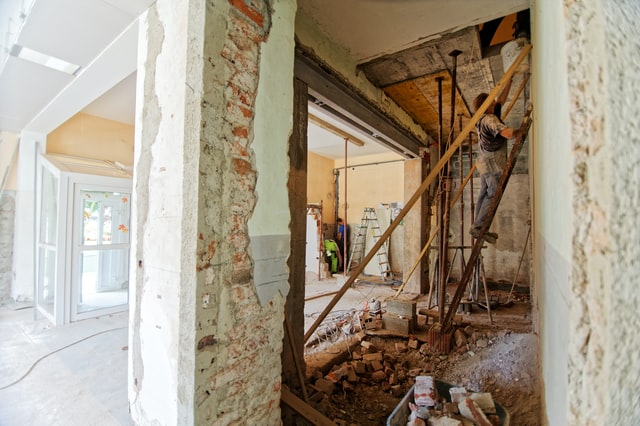Prospective buyers tend to cancel viewings on days of unexpected rain. This makes sense, as most people don’t want to be out in the rain. However, a sudden downpour may actually be an opportunity. If you’re able to tolerate the weather, rainy days are actually the best day to evaluate a home.
Water damage can be extremely expensive to repair. But how are you going to know whether or not a home is prone to water damage? Well, by looking at it in the rain, of course. After rainfall, the water is naturally going to run downhill. If you see water running towards the house, that’s a potential problem. You can also watch for signs of pooling or flooding, especially with waterfront properties, and try to spot leaks before water damage occurs. Sight isn’t the only sense you can use; mildew has a more pronounced smell in the rain. There’s also a bonus advantage — the fact that many people don’t know all this, meaning you’re going to have less competition.
Photo by Ludwig Sigl on Unsplash
More: https://www.apartmenttherapy.com/look-at-house-rainy-day-37073067



















